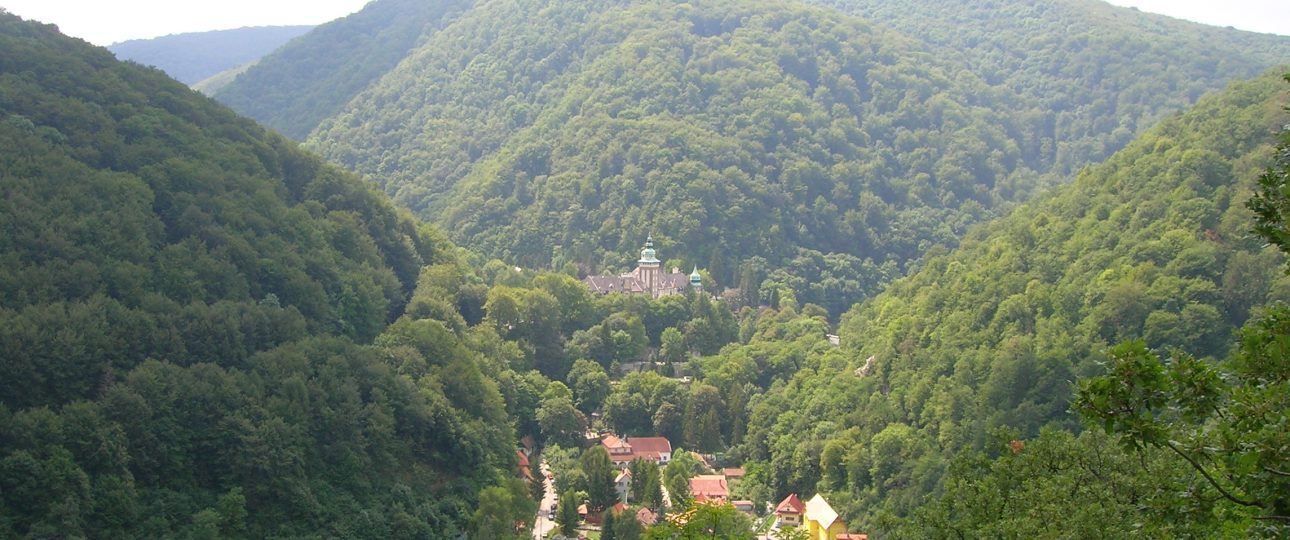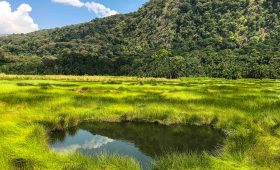Exploring the Mátra Mountains in Hungary
The Mátra Mountains, located in northern Hungary between the towns of Gyöngyös and Eger, are a captivating destination. This mountain range is home to Hungary’s highest peak, Kékestető, standing at 1,014 meters. The Mátra offers a diverse landscape of lush forests, rolling hills, and serene lakes, making it an ideal spot for outdoor enthusiasts.
Geological and Natural Features
The Mátra Mountains are part of the North Hungarian Mountains and have a fascinating geological history. Formed during the Miocene epoch, the range features pre-volcanic formations primarily on its steep northern side. The southern slopes are gentler, covered by younger sediments, while the northern side boasts dramatic landscapes formed by Pleistocene-era landslides. This geological diversity supports a wide variety of flora and fauna, including rare species like the European bison and golden eagle.
Cultural Heritage and Wine Regions
The Mátra region is rich in cultural heritage, with charming villages that maintain traditional Hungarian customs. Visitors can explore these settlements to experience local traditions and cuisine. The area is also renowned for its wine production. The Mátra wine region, the second largest in Hungary, spans 32,497 hectares, with 24,261 hectares classified as first class. Vineyards stretch along the southern slopes from Hatvan to Domoszló, bordered by the Tarna and Zagyva rivers. Key wine-producing communes include Abasár, Markaz, and Gyöngyöspata.
Activities and Attractions
While in the Mátra Mountains, consider visiting the cave houses of Noszvaj and the natural springs of Egerszalók. The road from Eger to Gyöngyös is often praised for its scenic beauty, offering a picturesque drive through the region. Although Hungary lacks towering peaks, the Mátra’s gentle hills and forests provide a tranquil setting for hiking and exploring.
Best Time to Visit
The Mátra Mountains offer unique experiences throughout the year. Winter months, from December to February, are ideal for skiing and snowboarding. Spring and autumn provide mild temperatures and vibrant natural displays, with blooming flowers in spring and golden foliage in autumn. Summer is perfect for hiking and enjoying the cooler mountain air, with opportunities for swimming in the region’s lakes.
Getting There and Local Transportation
Traveling to the Mátra Mountains is straightforward. The nearest international airport is Budapest Ferenc Liszt International Airport. From there, you can take a direct train or bus to Gyöngyös, the gateway to the Mátra, in about an hour. If driving, the journey from Budapest takes around two hours. Once in the region, renting a car offers flexibility to explore at your own pace, while the local bus network provides convenient access to various villages.
Summary of Facts
- The Mátra Mountains feature diverse landscapes, including forests, hills, peaks, and lakes.
- The region is known for its cultural heritage and traditional villages.
- Winter is ideal for winter sports; spring and autumn offer mild weather and beautiful scenery.
- Summer provides a cool retreat with opportunities for hiking and swimming.
- Budapest Ferenc Liszt International Airport is the nearest international airport.
- Trains and buses connect the airport to Gyöngyös, the gateway to the Mátra Mountains.
- Gyöngyös is easily accessible by car from Budapest.
- Renting a car or using the local bus network are convenient transportation options within the Mátra Mountains.




